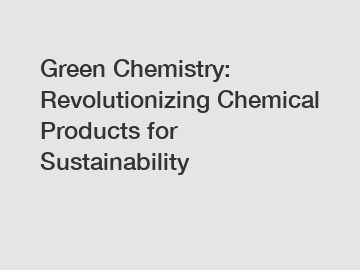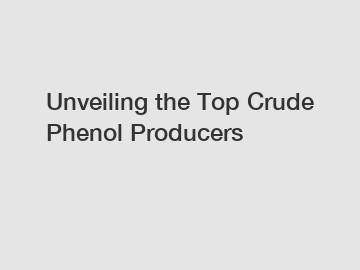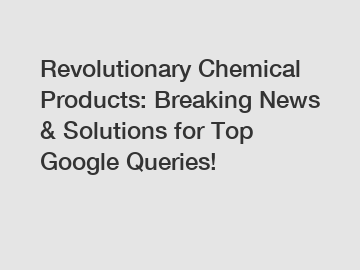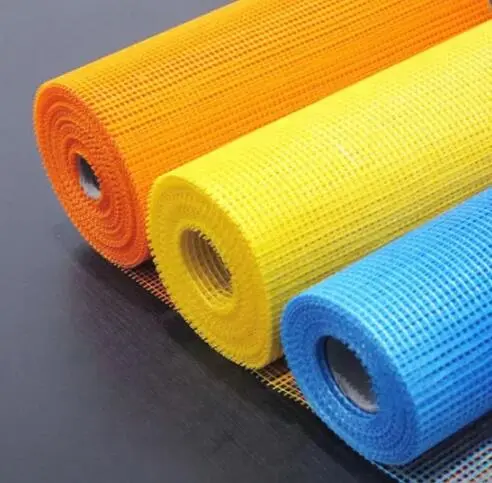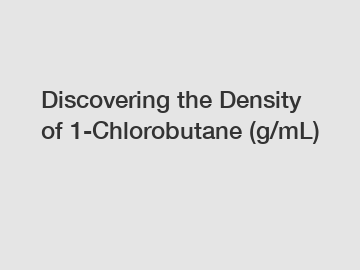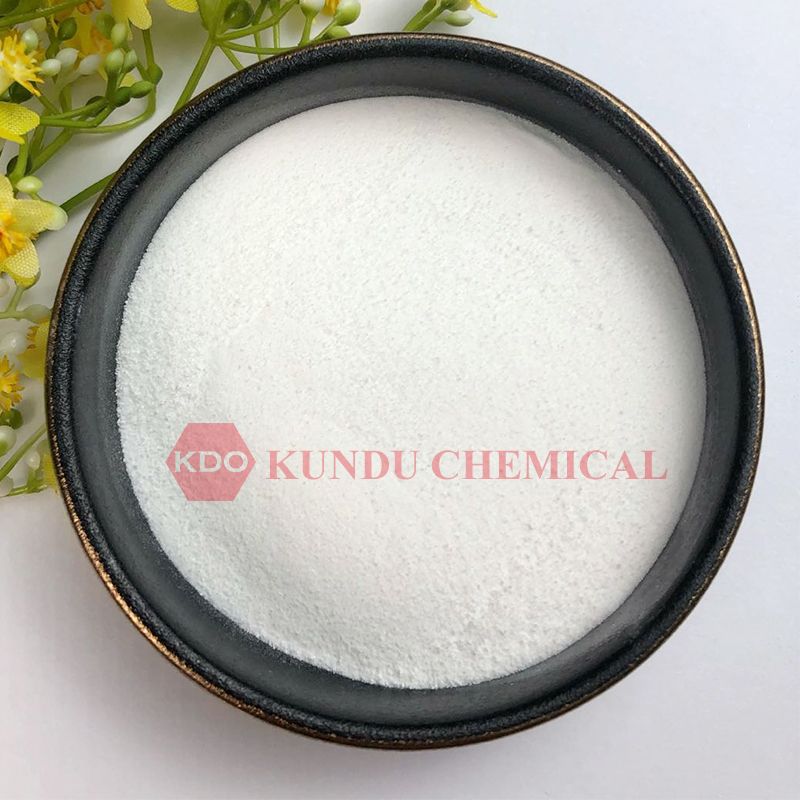What is the use of HPMC in tile adhesive?
When it comes to choosing the right tile adhesive for your project, there are a number of factors to consider. One important component that contributes to the overall performance and quality of tile adhesive is Hydroxypropyl Methylcellulose (HPMC). HPMC is a key ingredient in many tile adhesives and plays a crucial role in ensuring that the adhesive performs optimally.
HPMC is a cellulose ether that is derived from natural plant fibers. It is commonly used in tile adhesives due to its exceptional properties that help improve the overall performance of the adhesive. Some of the key benefits of using HPMC in tile adhesive include improved water retention, workability, and adhesion strength.
One of the primary reasons why HPMC is used in tile adhesive is its ability to improve water retention. When mixed with water, HPMC forms a thick gel-like solution that helps to retain water in the adhesive mixture. This is important because adequate water retention is crucial for ensuring proper hydration of the cement particles in the adhesive. Without sufficient water retention, the adhesive may dry out too quickly, leading to poor adhesion and weak bonding strength.
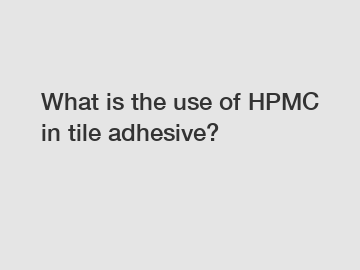
In addition to water retention, HPMC also helps to improve the workability of the tile adhesive. The addition of HPMC to the adhesive mixture helps to increase its open time, which refers to the amount of time the adhesive remains workable after it has been applied to the surface. This extended open time makes it easier for the installer to adjust the tiles before the adhesive sets, resulting in a more precise and professional finish.
Explore more:What is CAS N 9004-32-4?
What are the classification of chemical raw materials?
What is phosphoric acid used for?
Which chemical is added to accelerate the setting of cement?
What are the uses of methane gas?
What is diammonium phosphate used for?
Which is the best supplier for affordable styrene butadiene latex?
Furthermore, HPMC also enhances the adhesion strength of the tile adhesive. By forming a strong bond with both the substrate and the tiles, HPMC helps to ensure that the tiles remain firmly in place over time. This is particularly important in situations where the tiles are exposed to moisture or heavy foot traffic, as a strong bond is essential for preventing tiles from loosening or cracking.
In addition to these key benefits, HPMC also offers a number of other advantages that make it a popular choice for use in tile adhesives. For example, HPMC is non-toxic and environmentally friendly, making it a safe option for both installers and homeowners. Additionally, HPMC is compatible with a wide range of other additives and chemicals commonly used in tile adhesive formulations, making it easy to incorporate into existing adhesive recipes.
Overall, the use of HPMC in tile adhesive plays a crucial role in ensuring the success of a tiling project. Its ability to improve water retention, workability, and adhesion strength makes it an essential component in high-quality tile adhesive formulations. Whether you are a professional installer or a DIY enthusiast, choosing a tile adhesive that contains HPMC is a smart decision that will help you achieve a durable and long-lasting tile installation.
Next time you are in the market for tile adhesive, be sure to look for products that contain HPMC. By incorporating this powerful ingredient into your adhesive mixture, you can enjoy the benefits of improved water retention, workability, and adhesion strength that will help you achieve professional results with every project. Trust in the power of HPMC and experience the difference it can make in your tile installations.
Want more information on hpmc for painting, HPMC for wall putty, Redispersible latex powder? Feel free to contact us.
Explore more:What is Styrene Acrylic Emulsion used for?
Revolutionizing Cancer Treatment: Unveiling the Promising Applications of PROTACs
What is cold applied tape?
SEVOFLURANE: UNVEILING ITS ROLE IN ANESTHESIA AND BEYOND
What is the spray adhesive used for embroidery?
What is the Sponge Spray Glue for Insulation Foam?
What are the advantages of biodegradable products?



